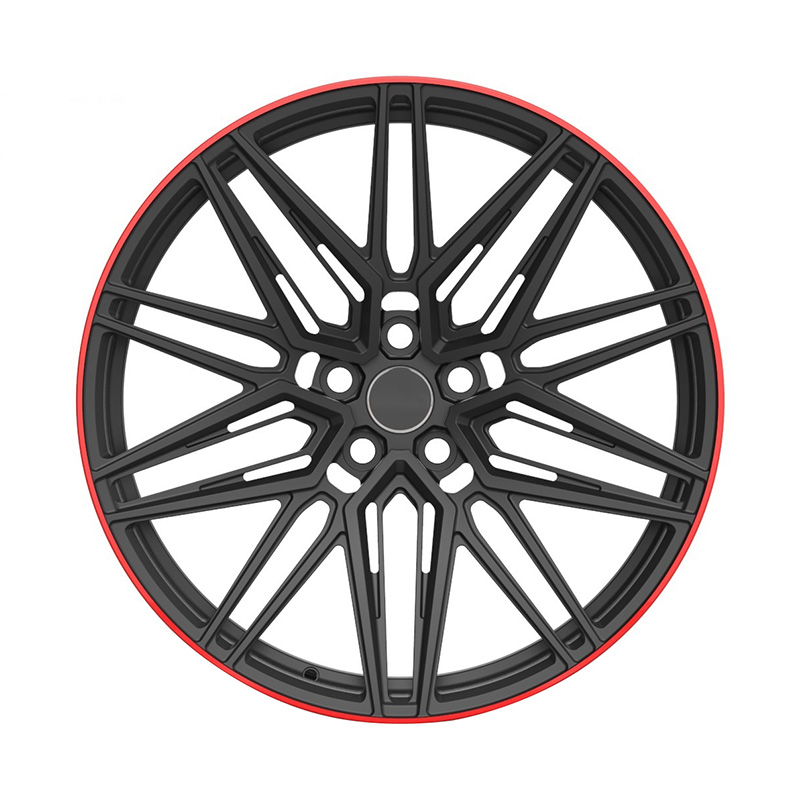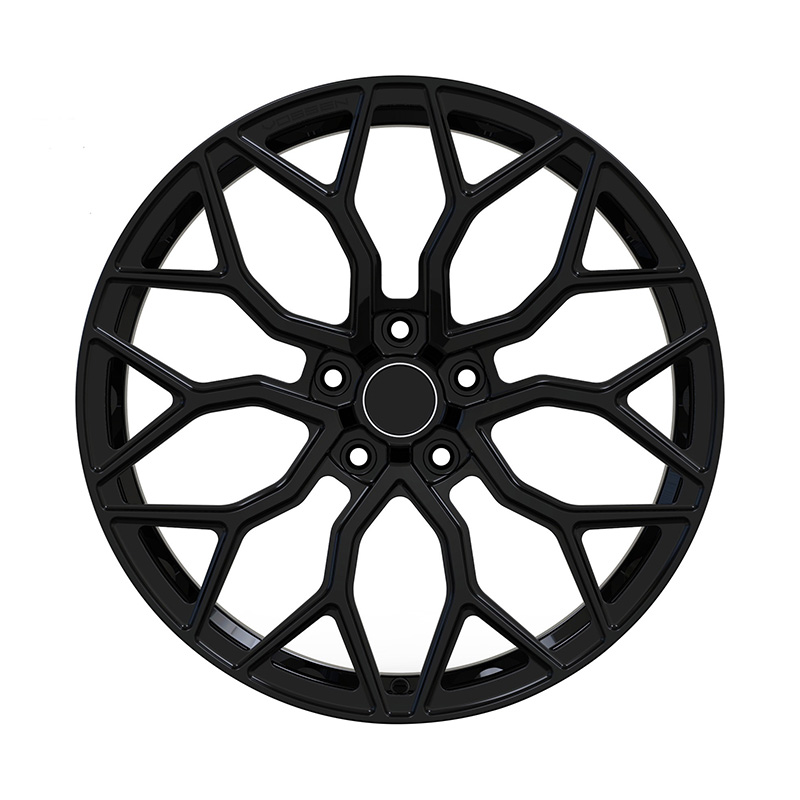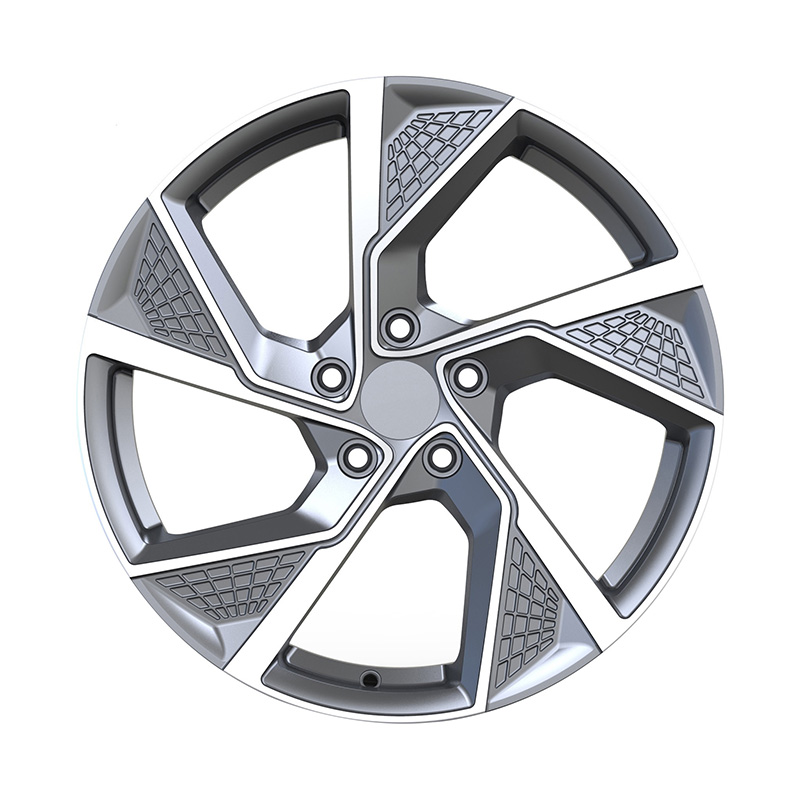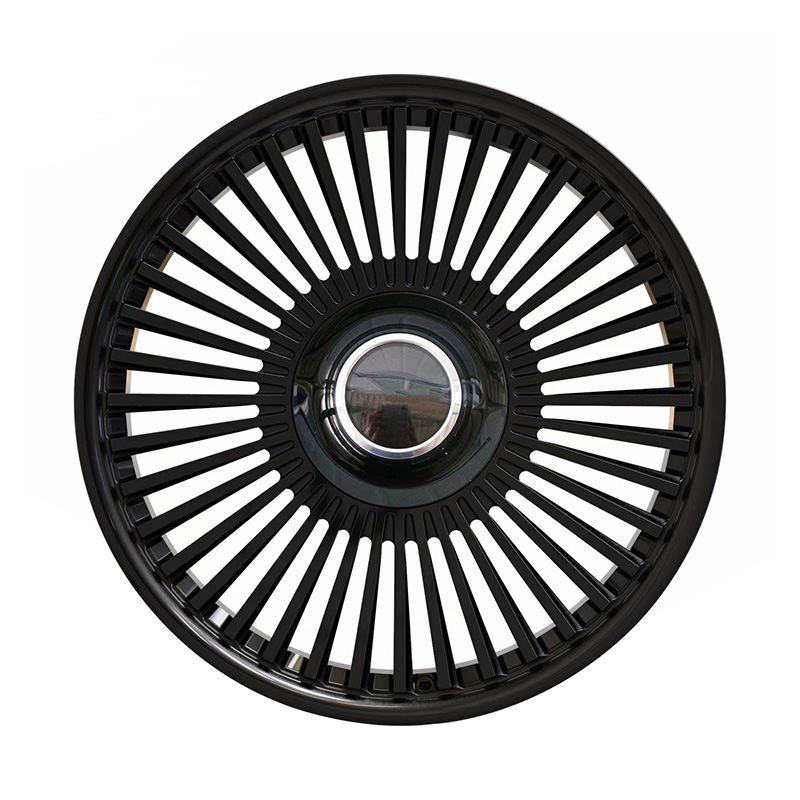
Submit
Submit feedback
Drivers Behind Custom Forged Wheels
2025-11-07
Custom forged wheels factory have become a defining symbol of the modern vehicle modification scene. As customization culture expanded and technology advanced, forged wheels emerged as one of the sought-after upgrades for both performance and aesthetics. The following key factors explain the impetus behind their development and widespread popularity:
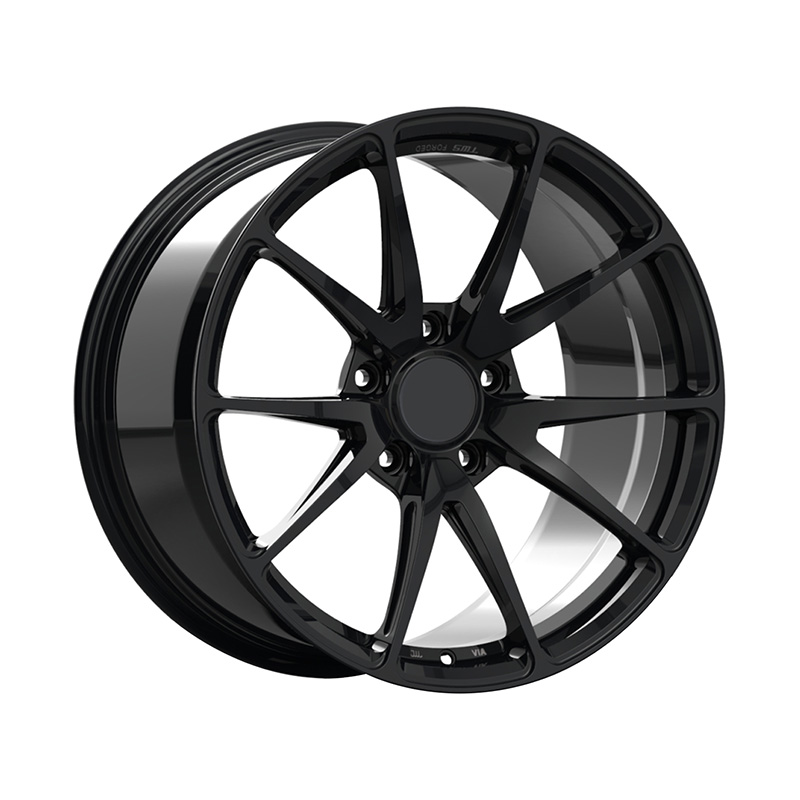
Rising Demand for Performance and Driving Experience
Enthusiasts and professional drivers alike increasingly seek parts that deliver superior handling and responsiveness.
Strength-to-weight advantage: Forged wheels are manufactured from solid aluminum billet using high-pressure forging. This creates a grain structure that is stronger and lighter than cast wheels.
Improved acceleration and braking: Lower rotational mass translates directly to better launch and shorter stopping distance.
Enhanced heat dissipation: Useful in performance driving, helping maintain brake efficiency during track sessions or aggressive street driving.
Greater durability: Less prone to cracking or deformation under high load, which appeals to drivers who push their vehicles beyond factory limits.
As high-performance street cars and track-ready models gained popularity, this focus on dynamic improvement naturally drove interest in forged wheels.
The Growth of Personalized Automotive Culture
Vehicle customization has evolved from niche hobby to mainstream lifestyle. Car enthusiasts want to express identity, status, and creativity.
- Unique designs: Custom forging allows extensive design flexibility— spoke shapes, concavity, and surface textures can all be personalized.
- Brand prestige: Custom wheels often symbolize exclusivity and craftsmanship, conveying a sense of luxury and attention to detail.
- Matching automotive themes: Enthusiasts style wheels to align with wide-body kits, lowered suspension setups, aggressive stance designs, or color-coordinated aesthetics.
- The desire to stand apart from mass-produced vehicles prompted manufacturers to develop forged wheels that balance individuality with engineering precision.
Influence of Motorsports and Racing Technology
Forged wheels were originally developed for professional motorsports, where every gram matters. As racing culture inspired aftermarket trends, consumers sought to adopt similar upgrades.
- Track-proven performance: From endurance racing to rally events, forged wheels demonstrated reliability under intense stress.
- Aspirational appeal: Drivers want parts with motorsport heritage, even if used mostly for everyday driving.
- Technology transfer: As forging processes evolved, methods once limited to elite racing teams became available to the public.
- Racing not only validated the concept but also provided the initial push for innovation in wheel metallurgy and manufacturing.
Advancements in Manufacturing Technology
Historically, forged wheels were expensive and difficult to produce. Modern engineering dramatically shifted this landscape:
- Automated CNC machining allowed more precise shaping and faster production times.
- Improved forging presses produced better metal density and uniformity.
- Surface treatment technologies such as powder-coating, anodizing, and diamond-cut machining expanded aesthetic possibilities.
With cost reductions and higher output capability, more car owners gained access to the premium forged wheel market.
Increased Tire and Suspension Upgrades
As the tuning scene progressed, enthusiasts frequently upgraded tires, brakes, and suspension—naturally leading to wheel improvements.
- Bigger brake calipers require large-diameter wheels
- Performance tires benefit from stiffer, lighter wheel structures
- Lowered cars need wheels with optimized offsets for clearance
Forged wheels offered the versatility to support these evolving modifications, serving as the foundation of a well-rounded upgrade package.
Safety and Load-Bearing Requirements
With the popularity of high-horsepower vehicles—turbo upgrades, EV performance models, and luxury SUVs—wheel strength became a crucial concern.
- Higher torque and top speeds require improved wheel integrity.
- Heavier EV battery packs demand wheels that handle more load without adding unnecessary weight.
- Better impact resistance ensures durability over road hazards and potholes.
- Custom forged wheels provide peace of mind for drivers seeking enhanced safety without sacrificing style.
Expanding Luxury and Premium Car Markets
Prestige vehicles—exotics, sports sedans, and performance SUVs—continue to gain global popularity. Owners of such cars expect upgrades to match the vehicle’s value and sophistication.
- Custom forged wheels elevate resale appeal and craftsmanship.
- They align with premium branding and luxury lifestyle trends.
- They cater to buyers who view their vehicles as personal investments.
This consumer mindset encouraged manufacturers to produce wheels not just as functional components but as artisanal design products.
recommend products
-
Zhenlun Multi Spokes Split Monoblock Forged Wheels Bronze With Silver Lip Edge
-
Zhenlun Matt Black With Red Lip Monoblock Forged Wheels
-
Zhenlun Gloss Black Monoblock Forged Wheels Gloss Black For Sports Car
-
Zhenlun Monoblock Forged Wheels Lightgrey With Machined Face
-
Zhenlun Monoblock Forged Wheels Gloss Black Dense Multi Spoke

 0
0




